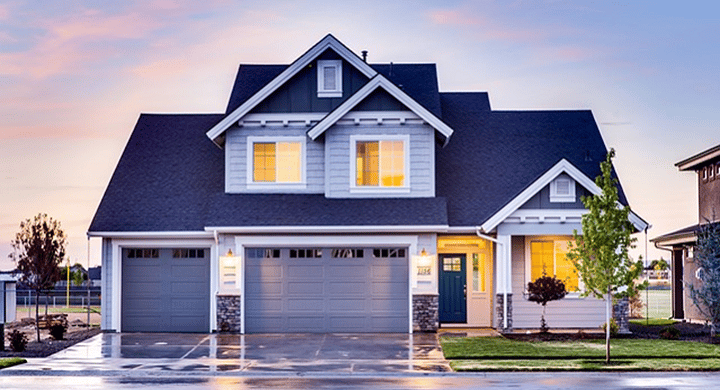FindItMore | Damp can be a huge problem for London homeowners and renters alike. As damp specialists serving North London, we know the ins and outs of every damp problem. We can, therefore, offer you our best advice to successfully damp proof your home. Read on for our best tips.
Identifying Damp
How can you tell if your home has damp? You can look for three tell-tale signs. Black or dark stains on walls, a musty or damp smell, and flaking paint or wallpaper. There are also signals to look for in specific parts of your home. Press your hands against walls, for instance, to check for moisture or cold. Examine ceilings for discoloured patches as well.
For windows, look for water droplets or black mould around the sealants as a sign of condensation. Bathrooms and kitchens are especially susceptible to damp, so check them thoroughly. The grouting between tiles will usually tell signs of mould, as well as the inside of cabinets. Finally, check upholstered surfaces like furniture and curtains for black mould.
Causes of Damp
What are some common causes of damp in the home? It’s typically attributed to poor ventilation, leaking plumbing, or structural issues in the home.
Poor ventilation doesn’t allow for everyday moisture to escape. Activities like cooking, showering, and drying laundry can cause moisture to build up. Modern buildings tend to be constructed to keep heat in, therefore sealing off the air. While this is great for staying warm, it’s not so great for letting moisture out.
Another common cause of damp is leaking pipes. Old or loose plumbing can lead to water leaking out, producing excess moisture in your home. Signs of leaking pipes will most likely manifest on internal walls, either on ceilings or behind radiators and sinks.
Damp Proofing Tips
In order to keep your home free from damp, follow some of these damp proofing tips. They’re broken down by the three major types of damp: condensation; rising damp; and penetrating damp. Keep in mind, though, that while damp proofing is an excellent way to ward off damp in your home, sometimes damp problems are so severe you need damp proofing specialists.
Condensation Prevention Tips
Condensation is usually a result of poor ventilation. As we mentioned, this is caused by everyday activities that generate excess moisture. Condensation can also be indicative of larger, structural problems in the building as well. You can typically spot condensation as water droplets or small pools of water on your windows. You might also see black mould spots.
To prevent condensation, wipe away excess water on windows as often as you can. Take advantage of extractor fans in rooms that generate more moisture, like the kitchen and the bathroom. You’ll also want to regulate the heat consistently. Keep the heating low but constant. Dramatic changes in temperature will only make the humidity worse. You might also consider buying a dehumidifier to help suck out extra moisture.
Penetrating Damp Prevention Tips
Penetrating damp results from faults in your home’s structure, like missing roof tiles, poorly maintained gutters, or fractures in your pointing or render. Signs of penetrating damp will be damp patches on your walls or ceilings, which get worse when it rains. You might also see chipping or peeling wallpaper and paint.
To prevent penetrating damp from setting in, you should keep up your home’s outdoor maintenance. This means regularly cleaning out the gutters and checking your roof for damage – especially after a rainstorm. Examine and locate leaky pipes as well, as this is another cause of penetrating damp. You should also replace old bricks that are porous and clear out any debris in external wall cavities.
Rising Damp Prevention Tips
Rising damp is less common than the other two and it’s usually more serious. If you suspect your home is affected by rising damp, it’s best to contact professionals. Rising damp is caused by moisture rising up from the ground through the masonry of your house. As it spreads, it causes stains on interior walls that are typically one metre high. It can also cause your paint and wallpaper to pucker, leaving white mineral deposits behind.
While you’ll likely need damp proofing specialists to treat rising damp, there are a few things you can check to help prevent it. The key to blocking this kind of moisture from setting in is the damp proof course, a water-resistant barrier usually installed at the bottom of your home’s walls. A problem with your damp proof course – or the lack of one entirely – can lead to rising damp. The course should be at least 15 cm above ground level.
Conclusion
Damp can be the result of many problems in your home – from excess moisture to structural faults. Prevention is the best way to ward off damp. Hopefully, these tips will help you to successfully damp proof your London home. If your damp problems are persistent or even hazardous, don’t hesitate to call in the professionals. At Damp Proof London, we can tackle your worst damp problems. Get in touch with us today to see what London’s damp specialists can do for you.






